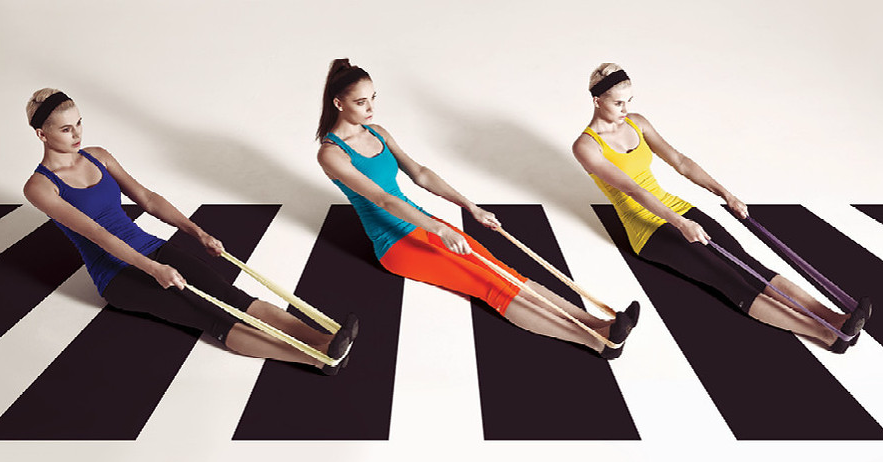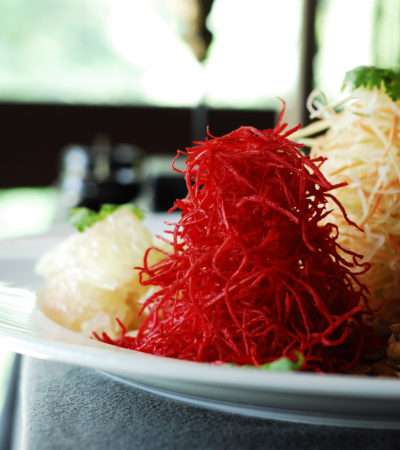words by Kathleen Fleming
If you are thinking of taking up yoga, the list of different types, many of which have rather obscure names, can be mind boggling and off putting. How do you choose between Vinyasa Flow, Iyengar and Anusara if you have never done yoga? How are they different and how do you know which one suits you? Choosing a class which isn’t suited to you can be an uncomfortable experience and it will inevitably influence your decision to continue with a regular yoga practice. Although most practices incorporate the same physical postures, different styles will place emphasis on different aspects of the practice such as pace, alignment or breath.
Modern yoga has evolved so much that even the most experienced yogi may not have heard of every type of style. Below are the most common styles of yoga class taught in gyms and studios.
Hatha
Hatha yoga is the general term that refers to any type of yoga that teaches the physical yoga postures. However when a class is marketed as Hatha, it generally means a more gentle class which includes an introduction to basic yoga postures. Normally it is not a high energy class but it is a great way to stretch your body, develop gentle breathing techniques and relax. Hatha yoga is a great introduction to yoga.
Best for: everyone, especially men and people dealing with injuries
Vinyasa
Vinyasa yoga is a flowing and fluid style of practice which links yoga to breath. Vinyasa classes are normally carefully choreographed and often incorporate music. Depending on the teacher a Vinyasa class may be very energetic or a little more relaxing and restorative. No class is ever the same although most classes will usually include some sun salutations.
Best for: people who want to combine energetic movement with some relaxation
Ashtanga
A powerful and physically demanding form of yoga, Ashtanga follows a set series of poses where students link each pose to their breath. The series of poses are always performed in the same order. Ashtanga develops both strength and flexibility and a regular practice will leave you with a seriously sculpted body.
Best for: athletes or those wanting a physically demanding workout
Power
Often referred to as “gym yoga”, power yoga has its roots in Ashtanga yoga. Expect to move quickly and energetically through some intense postures and you will definitely be sweating by the end of the class. It is often given a bad rap because many believe it has turned yoga into a purely physical exercise by ignoring the mental and spiritual aspects of the practice. However, many power yoga teachers don’t ignore these aspects and a good power class will leave you feeling energised yet calm.
Best for: experienced practitioners and those wanting a sweaty workout
Iyengar
Iyengar yoga was developed by B.K.S. Iyengar. The classes are focused on alignment and students use props, such a blocks, straps and bolsters, in order to find proper alignment. Iyengar is a great practice in assisting injury rehabilitation or if you are dealing with a chronic physical condition.
Best for: everyone, especially older people or those dealing with injuries
Bikram
Devised by Bikram Choudhury, Bikram yoga is a set of 26 postures practiced in a heated room (normally 40 degrees Celsius). The classes are always 90 minutes and you will sweat like you have never sweated before. It is an intense practice but the postures are not difficult which makes it accessible to most people.
Best for: those who want to detox
Restorative
Restorative yoga does what it says on the tin. It is a deeply relaxing, de-stressing yoga style which is often practiced with props. A normal class will include fewer postures than other classes but the postures are normal gentle and held for a longer period of time. There will also be breathing exercises, a long period of relaxation and emphasis is placed on the connection between mind and body. Restorative yoga is both relaxing and rejuvenating.
Best for: stressed and tired bodies or those struggling with sleep
Aside from the different types of yoga, different teachers have different styles. If you like the sound of a certain style, don’t be put off by a teacher who doesn’t resonate with you.Try another teacher. Keep trying new classes and you will find your style and your teachers.
Image/Clothes from Splits 59 – to buy visit www.splits59.com













